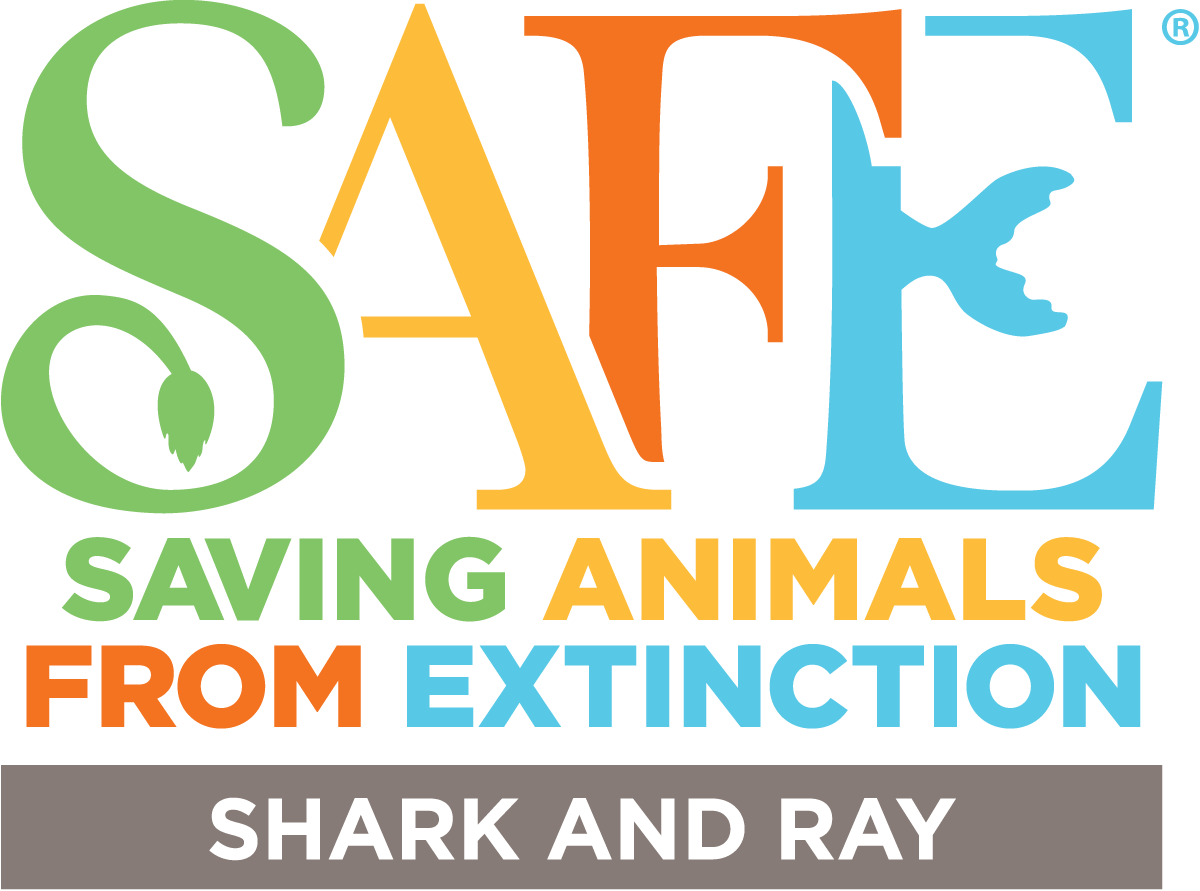
Citizen and Community Science – Best Practice Guidelines.
There are many reasons to engage communities in data collection projects, especially for marine systems, but we should always keep a view on why we are doing it and what the different participants are gaining from the experience.
SAFE Sharks and Rays will promote best practice in developing and delivering community science projects. And provide links to key projects delivered by AZA SAFE partners.
RECOMMENDED PROJECTS
Spot A Shark USA
Spot A Shark USA is a citizen-science program that engages anyone who spends time on, and under, the water in sand tiger shark research along the Atlantic coast. Divers, snorkelers, and others are asked to photograph encounters with sand tiger sharks and post their images to the Spot A Shark USA website. Scientists then use unique spot patterns visible along the sides of the photographed sharks to identify individual animals.
The Great Eggcase Hunt
The Great Eggcase Hunt, emanating from the UK by our conservation partners The Shark Trust, aims to get as many people as possible out hunting for empty shark and skate eggcases on their local beaches. The eggcases, or mermaid purses, that wash up on beaches can be identified and recorded to aid shark conservation and research. The project has a wealth of resources for eggcase hunters, including ID guides and a smartphone app to engage recorders.
Ten Principles of Citizen Science
Whether creating, managing or adopting a project, there are some basic principles that should be considered and enacted to ensure a positive experience for volunteer recorders, scientists and participating institutions.
In 2015, the European Citizen Science Association (ECSA) developed ten principles that outline the values required for a good citizen science project. These address elements from design and scientific outcome, to participant involvement and recognition. Each principle has been carefully constructed to provide a framework from which projects can be developed; improving their chances of success. For projects that are successful, it is crucial that the findings are analyzed and reported regularly, to showcase the work of the public and encourage continued participation.
- Citizen science projects actively involve citizens in scientific endeavor that generates new knowledge or understanding. Successful projects will engage diverse groups and communities in the collection of data and the wider learning that citizen science can engender. They will take steps to collect demographic data on participants, identify gaps, assess barriers, and create targeted opportunities for excluded groups.
- Citizen science projects have a genuine science outcome. Good projects go beyond data for data’s sake and shouldn’t be educational projects dressed up as science. While education and engagement are beneficial outcomes, it’s important that participants are not collecting data with no scientific purpose.
- Both the professional scientists and the citizen scientists benefit from taking part. Projects should embed opportunity for feedback into data collection. They may also conduct regular, structured evaluation exercises to establish the benefits felt by participants and scientists. Building regular, tailored feedback into communications with participants and finding ways to acknowledge their efforts – for example in reports, social media interactions and personal communications – will reinforce the participants sense of value and contribution.
- Citizen scientists may, if they wish, participate in multiple stages of the scientific process. Some participants may be able and willing to get involved in other aspects of the project, beyond data collection. Successful projects will find ways to engage on multiple levels and usefully connect the skills and experience of volunteers with the needs of the project.
- Citizen scientists receive feedback from the project. It shouldn’t be a one-way street. Participants should be given feedback from the confirmation of their record to updating them when and where their data have been used in research or conservation action. Good projects will find ways to go beyond generic communication to personalised feedback, including hints and tips for “what next”.
- Citizen science is considered a research approach like any other, with limitations and biases that should be considered and controlled for. Successful projects will recognize the limitations of the data that the project collects and seek ways to continually improve and overcome biases and limitations. Use available technology that can aid in accurate geolocation and species identification as well as building in identification keys and validation methods. Engage the participant in the process of generating the best possible data quality.
- Citizen science project data and meta-data are made publicly available and where possible, results are published in an open access format. While maintaining the strongest protections for personal data, good projects will seek to regularly share updates and data summaries. Making all data “open source” can ensure that the data are put to maximum use. Data sharing agreements should be structured to ensure data protection and to require recognition of the contribution of volunteer recorders in any publications based on the citizen science data.
- Citizen scientists are acknowledged in project results and publications. Always recognise the contribution of your recorders in any publication or report. And, as above, ensure others do too.
- Citizen science programs are evaluated for their scientific output, data quality, participant experience and wider societal or policy impact. Regular, structured evaluation and reporting are the hallmarks of good, successful projects. Quality management and continual improvement should be built into the annual cycle of the project.
- The leaders of citizen science projects take into consideration legal and ethical issues surrounding copyright, intellectual property, data sharing agreements, confidentiality, attribution, and the environmental impact of any activities. Good projects will produce and review a project ”risk register” to ensure compliance and best practice.

